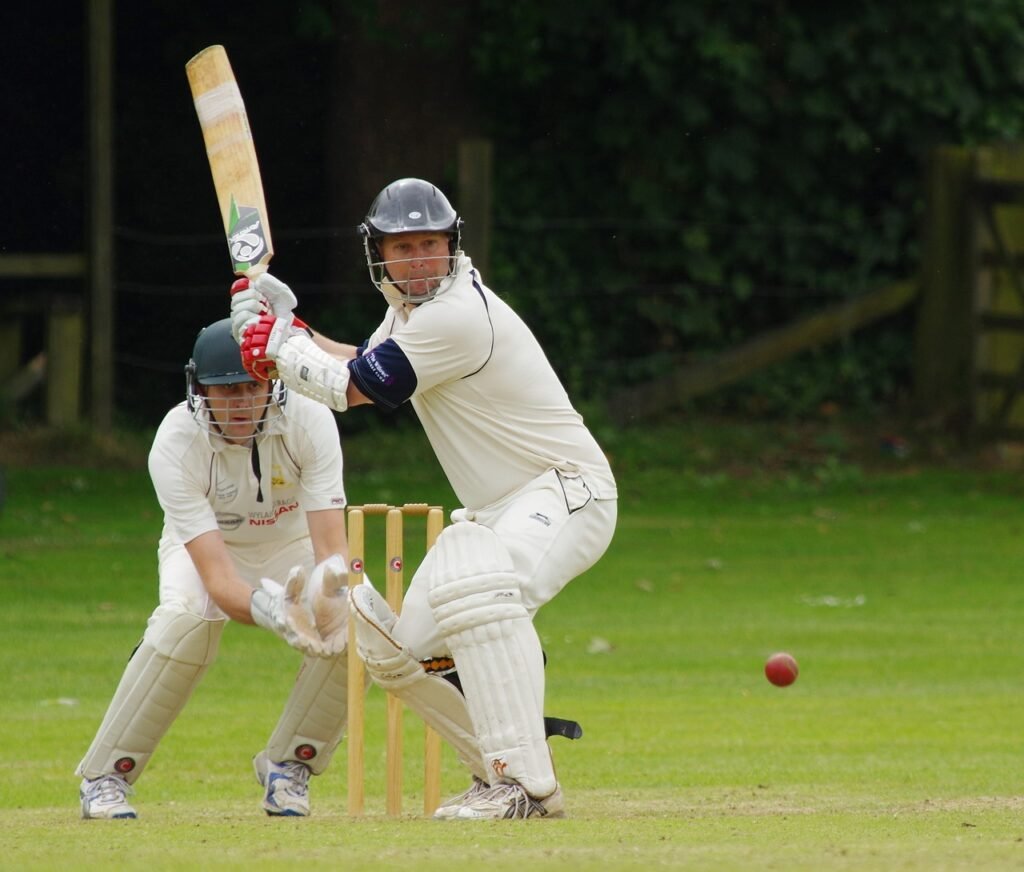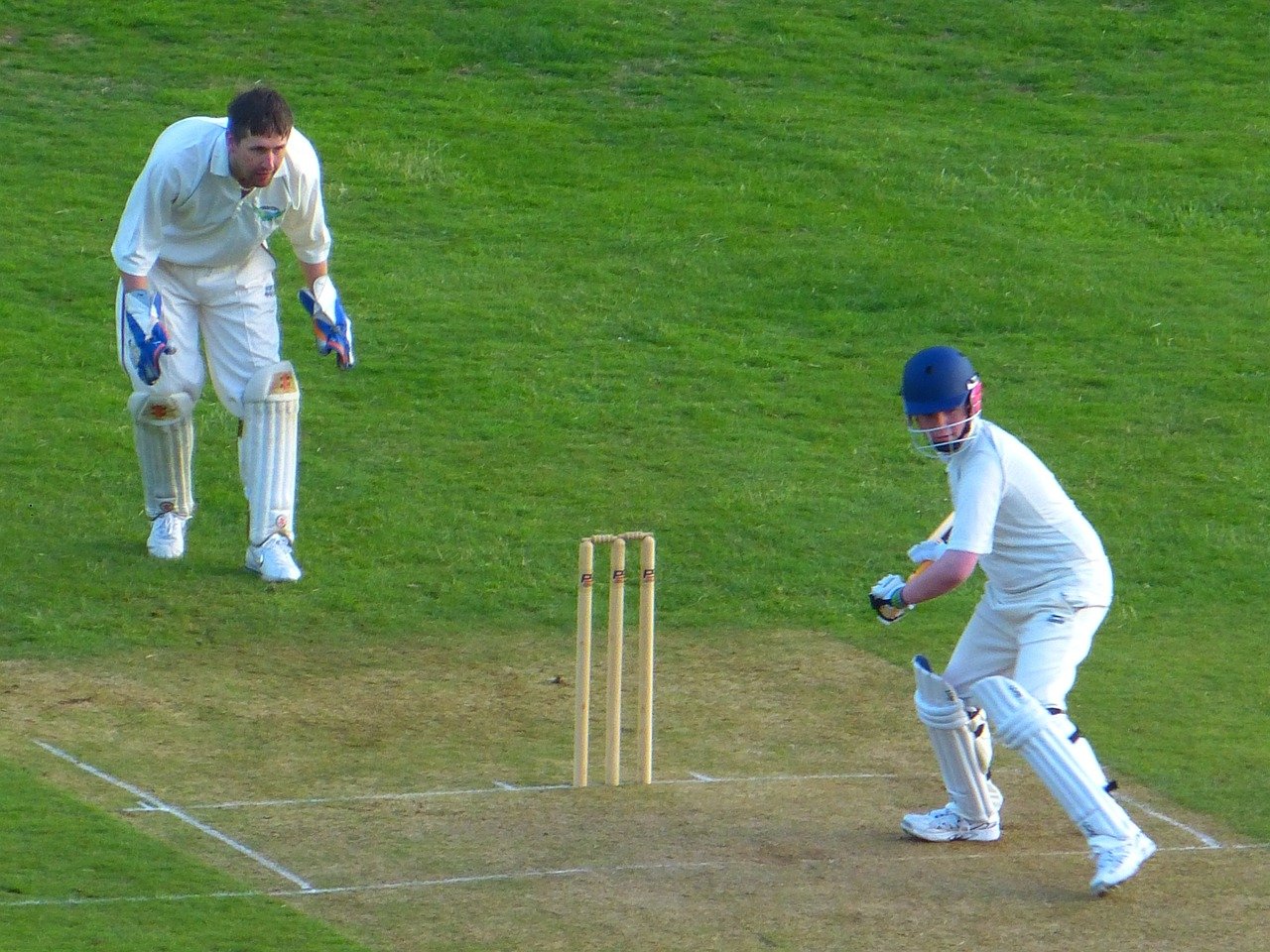Ever since October 2024 fell, the Indian women cricket team has disappointed in T20 Internationals and One-Day Internationals. And a star-studded roster, including Smriti Mandhana, Harmanpreet Kaur, Jemimah Rodrigues, and Deepti Sharma, was expected to deliver. But the team keeps repeating inconsistent performances and questionable tactical decisions, thus throwing shadows over this wonderful potential. Though the team consists of some of the brightest talents competing in world cricket, they have never found their rhythm together-the creaks getting very loud with every match.

The Batting Failures: A Clear Pattern of Underachievement
The most significant setback for India women’s team has come in batting. The opening pair throughout four T20Is played during T20 World Cup in Dubai saw them collect only 172 for an average of 21.50. Only one half-century stand, the foundation at the top was weak. The scenario wasn’t much better for the middle order with runs totalling 286 at an average of 28.60 drawn but far from what is required for consistency at the international level.
Not that it’s any better in ODIs. It saw the openers again score 172 runs in four matches at the same average of 21.50, while the middle order managed only 374 runs, having an average of just 26.71. A strong partnership is lacking; in fact, only a single fifty-run partnership has been. This is pretty conclusive: no batter has been able to anchor the innings or step up to provide match-winning contributions when called upon.
Strachey’s events during India and India’s unwillingness-cum inability to become a batting with a certain history. Apart from their inability to cross the 250-run mark in all four of their outings since the T20 World Cup, the other factor that confirms poor Indian batting is failing to bat out 50 overs in top-order batting.
India managed to last 44.3 overs but was bowled out for a paltry 227 runs in the first ODI match against New Zealand. In the second ODI, India were set a target of 260 runs to defend their score of 183 runs. As the third ODI established, India has been chasing 233 in the first inning of games, while versus Australia, the other team buckled for only 100 runs. The inability to build partnerships and bat out entire innings raises serious concerns about the team’s capacity to manage pressure.
Crisis of Confidence: Key Players Underachieving
Adding to this dilemma is the lack of performance by several seasoned batters across the Indian cricket roster.
Smriti Mandhana: Being a top-order batsman, the fluctuation regarding performance is now turning out to be alarming for Mandhana. She has managed to fetch just 113 runs in four ODIs, including a century, the rest of the events having yielded single-digit scores, including a duck. She has earned a total of only 75 runs in T20Is, which includes one fifty, and then nothing much in the other matches. Can a player of Mandhana’s sense be this inconsistent in high-impact moments?
Harmanpreet Kaur: As captain, Harmanpreet is expected to lead by example. Sadly, her own performance hasn’t been quite up to expectations. In ODIs, she has managed just a paltry 100 runs over her three matches, as well as just one fifty. T20Is have not been more successful for her: while she managed an aggregate 150 runs, much of this comes with the caveat that it was in a lost cause, including a heroic yet ultimately fruitless 69 not out against Australia.
Jemimah Rodrigues: Though a highly capable middle-order batter, the chief concern for Jemimah so far this season has been her failure to turn her beginnings into big hits. In four ODIs, she has not scored a single fifty but rather totalled only 97 runs. Not great from a supposed anchor of the innings in already rough waters adding to the problems for the team.
Among these three key players – Mandhana, Harmanpreet, and Jemimah – it has been one century in four ODIs that have resurged. Such lack of contribution from the most experienced batters of India is indeed a pain.
Tactical Errors and Variable Decisions
A biggest conundrum in terms of inefficiency of the team has been inconsistent tactical decisions. Take the number three position, for example: in one series, Richa Ghosh was promoted to No.3, and she almost won her team a match with a knock of 96 runs. But it was hardly followed up with regular time at that position. The team is confused and has not held anyone accountable because of this haphazardness in the roles and positions of the players. If players are uncertain about their roles, however, it becomes impossible to build any kind of cohesion or confidence.
Accountability and an Urge for Change
Given the continued dismal showings of the team under coach Amol Muzumdar and captain Harmanpreet Kaur, questions regarding the leadership and coaching are raised. India did not get beyond the group stage in the T20 World Cup, having won only two of their four matches, and again time and again, the batting flaws in the team were revealed. A series win against New Zealand camouflaged deeper issues while further exposed by the woeful showing abroad against Australia-his performance.
The women’s cricket team is at a critical juncture in India. While the sport itself is beginning to grow worldwide, performances such as these threaten to undo the gain. It is more than just a failing in sport; the underperformance bears the risk of affecting the very image of women’s cricket in India-the sport is still vying for equal recognition and resource allocation.
The Way Forward: Taking Bold Choices
For India’s women’s cricket team to get on the right track, it is necessary to make bolder changes:
A Complete Overhauling of Leadership: It may require a farewell to captaincy and reinstallation of a new one in order to enter fresh blood and ideas. Harmanpreet Kaur has her undeniable shining stage, but her leadership has not yet inspired her team to the fullest.
Coaching Change: He came to Amol Muzumdar, but he failed to ensure that most of the basic batting and strategy issues were resolved in his tenure. A new coach—one who has proved to be good at international level—could prove to be an important source of stability and a fresh perspective.
Ride the Accountability in Selection: The selection process must have increased clarity. Richa Ghosh deserves a better showing after proving her mettle at No. 3. Players must only be picked on performance and not those kinds of experimentations.
India’s women cricket team stands at crossroads today. Timely decisions now will make all the difference. The coming months will decide the fate of women cricket in India. Would the decision-makers act speedily, or would the future of the team be at risk if the continued struggle persists? Only time will tell.







Leave a Reply